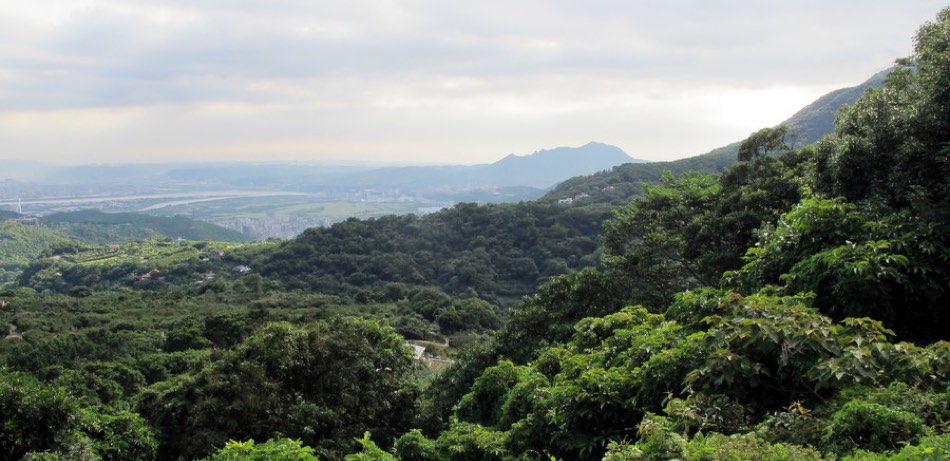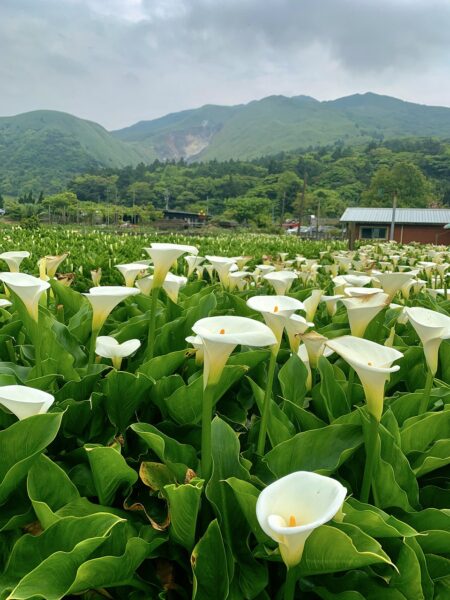Yangmingshan National Park
The hills northwest of Taipei cry out to be hiked, so it’s no wonder that every weekend thousands of people head into Yangmingshan National Park for exercise, fresh air, and eco-tourism. Among the wild creatures sometimes seen here are: Formosan hares; Formosan ferret-badgers; Formosan pangolins; small Indian civets and masked palm civets; wild boars; Reeves’s muntjacs (sometimes called ‘barking deer’ on account of their canine-like yap); sambars (large deer); and Formosan macaques (Taiwan’s only monkey species). At least 141 bird species have been recorded in different parts of the park, which covers 113.4 km2 (43.4 square miles).
The highest peak in the park is Qixingshan (‘Seven Stars Mountain’) and at 1,120m it’s comparable in height to Ben Nevis, Scotland’s tallest mountain. Hiking to the top and returning to civilization can be done in half a day, and the view you’ll get from the summit more than justifies the exertion. If you’re looking for a longer walk, there are some different options. One of the best is to approach Qixingshan via Yangmingshan National Park Management Office (which is easy to reach by city bus) then continue northwards to Xiaoyoukeng. The latter spot is notable for its steaming fumaroles and sulphur-stained rocks. As long ago as the early 16th century, Ketagalan indigenous people were mining sulphur here and bartering it to merchants visiting from the Chinese mainland. Xiaoyoukeng is served by buses to Taipei and the northeast coast town of Jinshan, which itself is about 7 km (4.5 miles) from Yeliu.
Another trail connects Qixingshan with Lengshuikeng. The latter toponym means ‘cool water hole’ and this is apt — the water that emerges here doesn’t scald like some other natural spas. That said, at approximately 40 degrees Celsius (104 degrees Fahrenheit) it’s a pleasant temperature for soaking after a long tramp. Because the sulphur content is very high, the water has a milky appearance. Swimsuits aren’t required as there’s a pool for each gender; admission is free. If bathing in privacy and great comfort is more your thing — or you want to stay overnight — the Yangmingshan area has several swanky hot-spring establishments.
Each season, the national park shows a different character. Every few years, the winter is cold enough for a dusting of snow. During springtime, a series of flower festivals celebrates the region’s floral treasures, among them calla lilies (pictured below left), camellias, hydrangeas, rhododendrons, peach and cherry blossoms, wild peonies, and other plants. In autumn, large areas are covered with silver grass. When the sun is low in the sky and a breeze is blowing, dense clusters of silver grass glowing and swaying is an especially soothing sight.


